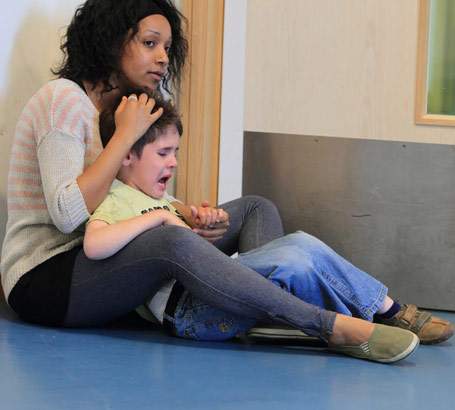
Childhood anxiety risk factors are reexamined in greater depth with a
particular emphasis on family relationships and their
contributory factors.
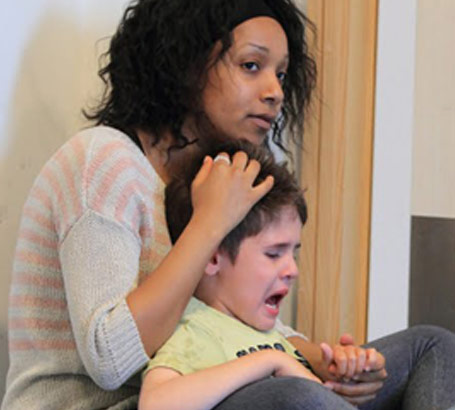
Anxiety in young children may be so disabling that it inhibits a child's relationships with peers and parents and interferes with family function.
Childhood anxiety also increases the risk of later depression, actual anxiety disorder and the externalisation of behavioural problems.

Given this potential risk, efforts have been directed to determine which children are most at risk of childhood anxiety. Once identified, it is these children who require specific preventive and therapeutic support.
Mian et al (2010) state that a full understanding of the nature and level of risk is a matter of identifying more than simply child-level factors and should include those factors associated with the family (notably the mother) and the community in the emergence of anxiety from an early childhood stage.
This is compatible with our earlier suggestion that 'diagnosis' should not simply be from a 'within-client' perspective.
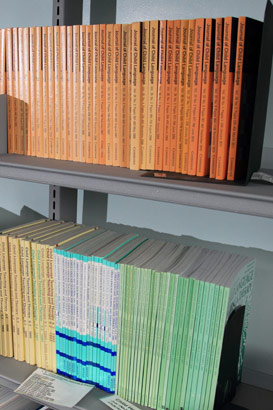
Mian et al (2010) also refer to the work of Bronfenbrenner and Ceci (1994), who set out a transactional model identifying a range of factors that impact on child anxiety. These include child temperament and factors such as family functioning and neighbourhood features.
In other words, they hold that child anxiety is a matter of multiple influences, including parental psychopathology, child-rearing style, etc. and that maladaptive child and parental actions and reactions feed each other.
The interactional nature of the process is also highlighted by Chorpita and Barlow (1998). They argue that early family experiences can turn an existing temperamental vulnerability into anxiety in young children by reinforcing their inappropriate cognitive or behavioural strategies in response to feelings of anxiety.
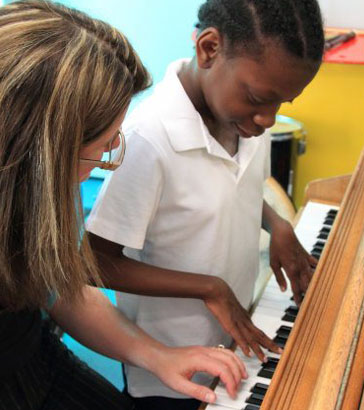
Mian et al (2010) describe two particular characteristics which have been regarded as relevant to the early emergence of anxiety.
- The first is behavioural inhibition which is manifested by a display of fear or withdrawal in any unfamiliar situation.
- The second is negative emotionality which may include irritability, mood problems, and reactions that are resistant to all attempts at soothing.
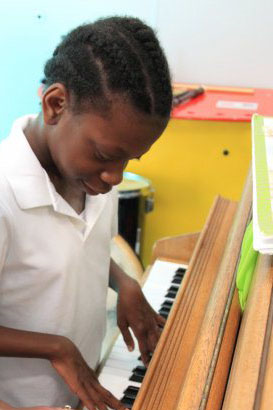
With parental (maternal) influences, it has been consistently noted that
the children of anxious parents are significantly more likely to develop
an anxiety disorder than the children of non-anxious parents.
Genetic influences explain much of the variance in this respect (up to 50%),
but there is also an environmental influence that is reflective of parent-child
interactions.
It appears that children may adopt the model of behaviour presented by anxious
parents in terms of their over-cautious, even fearful, actions and their
over-protective style which, in itself, may deliver the message that the
environment around them
is threatening.
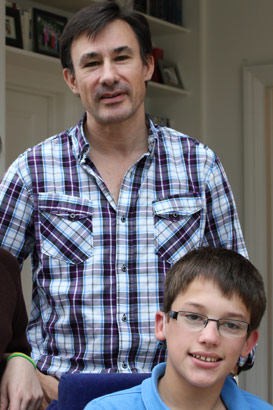
- How can school based staff provide models of socially secure and appropriate interactions?
- How can teachers and clinicians work together to provide appropriate support to parents of vulnerable children?

Bronfenbrenner, U. & Ceci, S. J. (1994). Nature-nurture reconceptualized in developmental perspective: A biological model. Psychological Review, 101, 568-586.
Chorpita, Bruce F.;Barlow, David H. The development of anxiety: The role of control in the early environment. Psychological Bulletin, 124(1), 1998, 3-21.
Mian, N., Wainwright, L., Briggs-Gowan, M., & Carter, A. (2010) Journal of Abnormal Psychology, published online.